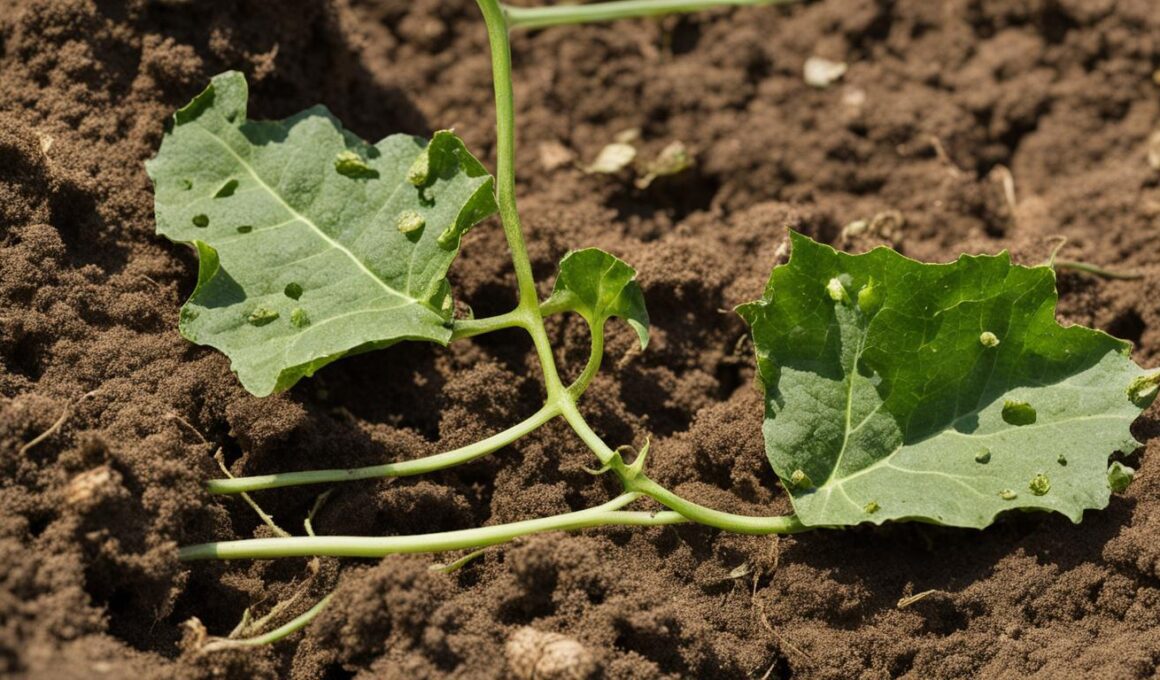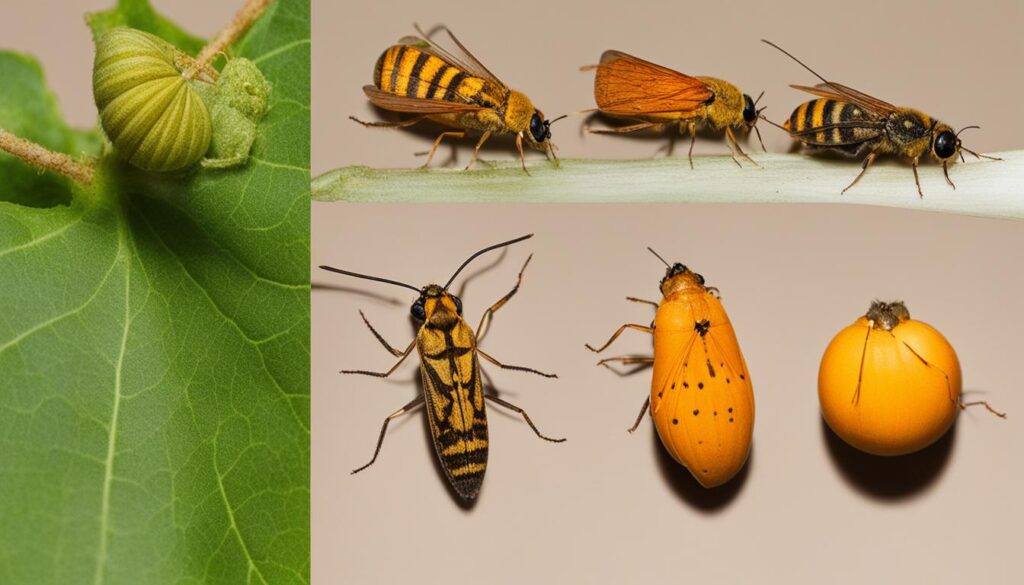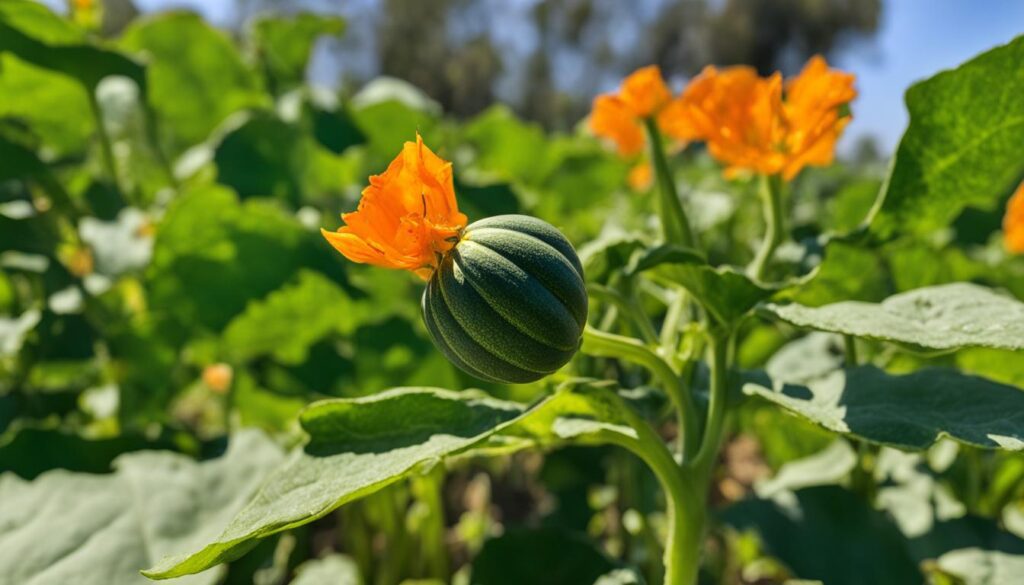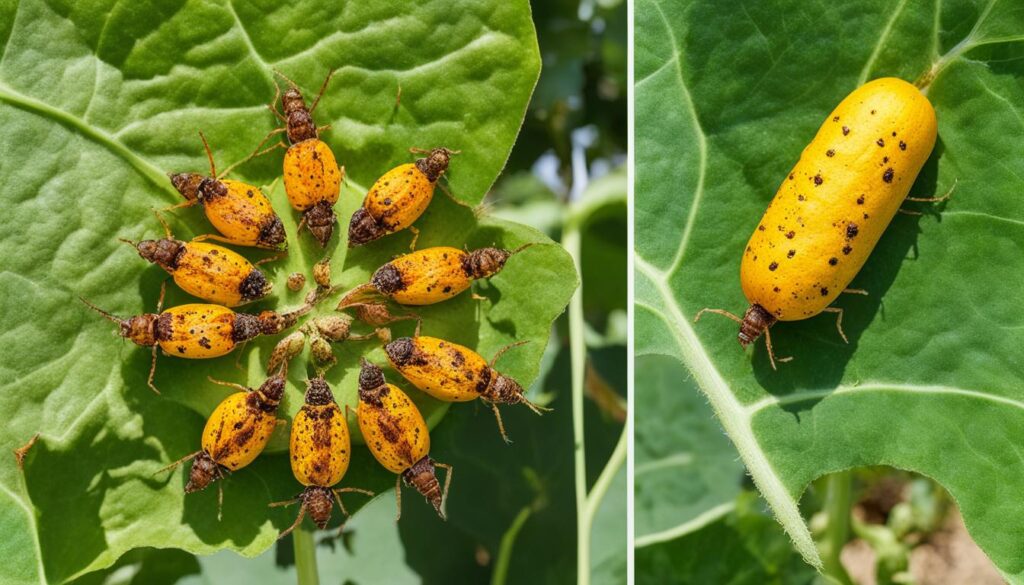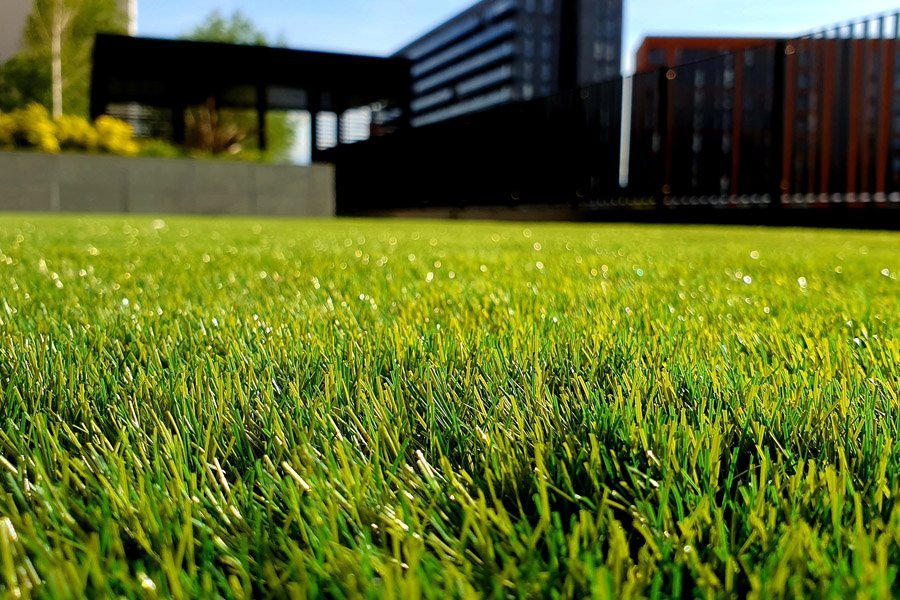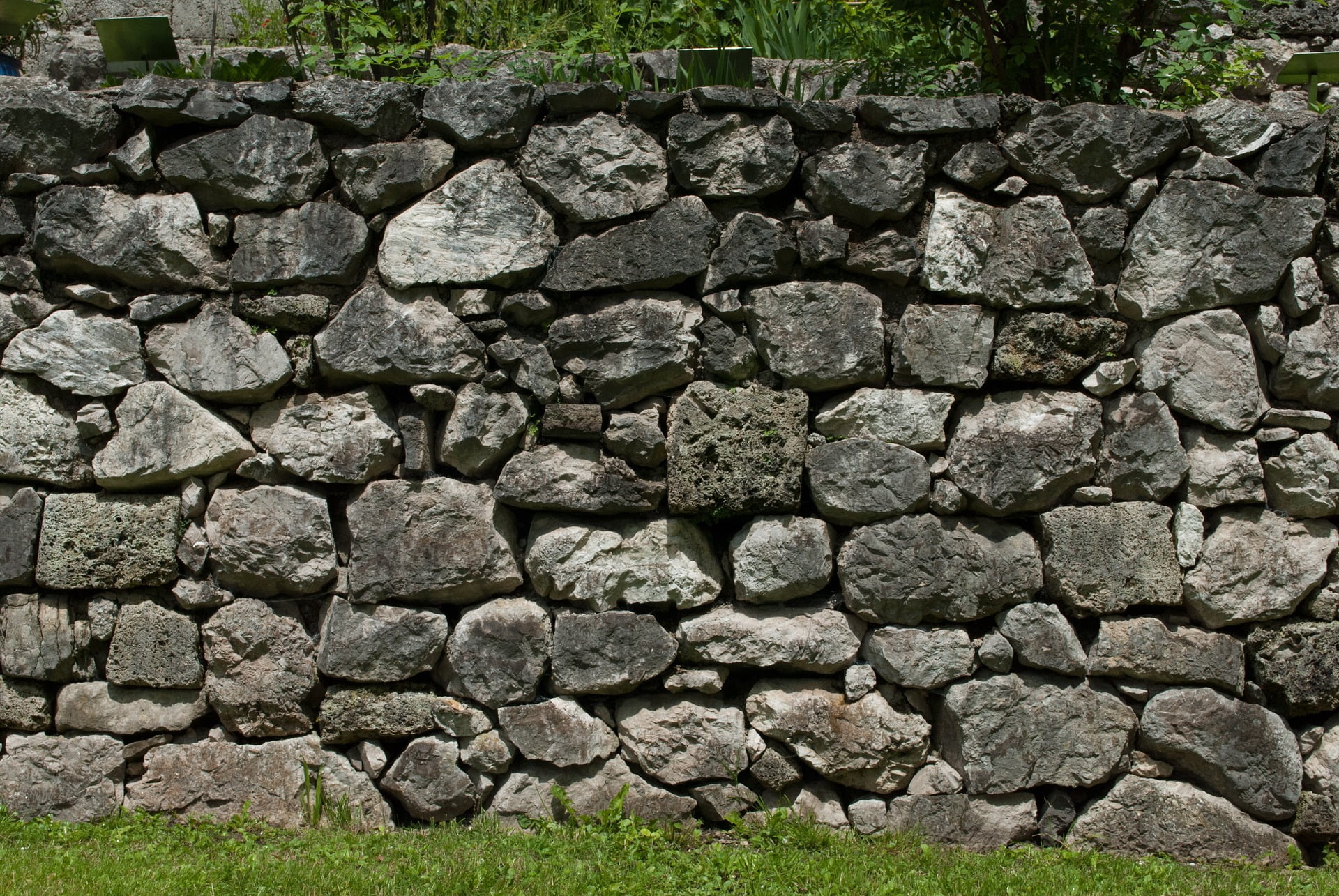Are your squash plants being damaged by squash vine borers? Don’t worry, you’re not alone. These destructive pests can wreak havoc on your squash plants, causing them to wither and die. But fear not, because in this article, we will provide you with valuable information on how to identify squash vine borers and offer effective organic methods to prevent and stop them from inflicting further damage on your precious squash plants.
Key Takeaways:
- Identify early signs of squash vine borer damage, such as wilting leaves and small holes in the stems.
- Apply organic Bt spray to control squash vine borers.
- Mulch the stems of your squash plants to deter squash vine borer moths from laying eggs.
- Once a squash plant has been attacked by squash vine borers, it is difficult to save it.
- By following prevention methods, you can protect your squash plants and ensure a healthy harvest.
What Are Squash Vine Borers?
Squash vine borers are the larvae of an orange and black sesiid moth. These destructive pests lay their eggs on squash plants, and once the larvae hatch, they burrow into the stems and feed on the plant’s vital nutrients. This feeding ultimately leads to the death of the plant if left untreated. Adult squash vine borer moths, on the other hand, serve as pollinators and can lay up to 150 eggs in a single season.
Identifying squash vine borers is crucial in order to take immediate action and prevent further damage to your squash plants. The adult moths are about 1/2 inch long and have a distinct orange and black coloration. However, it’s the damage caused by the larvae that is most noticeable. Keep an eye out for wilting leaves, small holes in the leaf stems or the main stem of the plant, and the presence of brown frass around the openings. These are telltale signs of squash vine borer infestation.
“Squash vine borers are a major threat to squash plants, and their damage can be devastating. It’s essential to be able to identify them and take immediate action to prevent further destruction.”
By recognizing the presence of squash vine borers early on, you can implement the necessary measures to protect your squash plants and minimize damage. Understanding their life cycle and behavior is the first step towards effective prevention and control.
The Life Cycle of Squash Vine Borers:
- Eggs: The adult squash vine borer moths lay their eggs on the stems of squash plants in early summer.
- Larvae: The eggs hatch into larvae within a week and immediately burrow into the plant stems.
- Pupae: The larvae tunnel through the stems, causing damage to the plant, and eventually form pupae inside the stems.
- Adults: After spending several weeks inside the pupae, the adult moths emerge in late summer and early fall to lay eggs for the next generation.
Now that you have a better understanding of what squash vine borers are and how to identify them, it’s time to explore effective prevention methods to protect your squash plants. Section 3 will provide you with organic techniques that can help keep these destructive pests at bay.
How to Prevent Squash Vine Borers
Squash vine borers can wreak havoc on your squash plants, but there are effective organic methods you can use to prevent them. By taking proactive steps, you can ensure the health and vitality of your squash plants. Here are some strategies to prevent squash vine borers:
1. Apply Bt Spray
An effective organic solution to combat squash vine borers is to apply a Bt spray. Bt, or Bacillus thuringiensis, is a naturally occurring bacterium that targets and controls the larvae of various pests, including squash vine borers. To use Bt spray, simply follow the instructions on the packaging and apply it to your squash plants according to the recommended dosage. This will help protect your plants from squash vine borer infestation.
2. Mulch the Stems
Mulching the stems of your squash plants can also deter squash vine borers from laying their eggs. By creating a barrier between the plant stems and the ground, you make it more difficult for the moths to access the plants. Use organic mulch such as straw, leaves, or grass clippings and apply a layer around the base of each plant. This will help discourage squash vine borers from attacking your squash plants.
- Plants pithy or infested with squash vine borers larvae should be removed and destroyed.
- Rotate your crops. Avoid planting squash or related plants in the same area year after year.
- Monitor your plants regularly for any signs of vine borer activity.
- By implementing these preventive measures, you can significantly reduce the risk of squash vine borer damage and ensure a healthy harvest of delicious squash.
Remember, prevention is key when it comes to managing squash vine borers. By applying Bt spray, mulching the stems, and implementing other preventive measures, you can protect your precious squash plants and enjoy a bountiful harvest.
How to Identify Squash Vine Borer Damage
If you want to protect your squash plants from the destructive effects of squash vine borers, it’s crucial to be able to identify the signs of their damage. By catching the early warning signs, you can take action to save your plants and prevent further infestation.
Signs of Squash Vine Borer Damage:
- Wilting leaves: One of the first signs of squash vine borer damage is wilting leaves, which may start off as a few leaves drooping and then progress to more severe wilting. This happens because the larvae feed on the stems, disrupting the plant’s water and nutrient supply.
- Small holes in the leaf stems or main stem: Another telltale sign is the presence of small holes in the leaf stems or main stem of the plant. These holes are made by the larvae as they burrow into the plant to feed.
- Brown frass around the openings: Brown frass, which is the excrement of the squash vine borers, can be found around the openings where they enter the plant. It’s a clear indication that the borers have been active.
Once you’ve identified squash vine borer damage, it’s important to act quickly. Unfortunately, once a squash plant has been attacked by these pests, it’s difficult to save it. However, you can take steps to prevent further infestation and protect your other plants.
“Identifying squash vine borer damage early can make a significant difference in saving your squash plants. Keep a close eye on your plants for any signs of wilting, holes, or frass. By taking immediate action, you can minimize the damage and increase your chances of a successful harvest.” – Gardening Expert
Now that you know how to identify squash vine borer damage, you can stay vigilant and take the necessary steps to protect your squash plants. Remember to regularly check your plants for any signs of wilting, holes, or frass. By catching the early warning signs, you can save your plants from further damage and ensure a healthy squash harvest.
Conclusion
Squash vine borer damage can be devastating to your squash plants, but there are effective prevention methods you can implement to combat them. By taking proactive steps and following the tips outlined in this article, you can protect your plants from squash vine borers and ensure a healthy harvest.
Importance of Squash Vine Borer Prevention
Prevention is key when it comes to dealing with squash vine borers. Early detection and action are crucial in saving your plants from irreversible damage. By implementing prevention methods, you can minimize the risk of infestation and safeguard your squash plants.
Protecting Your Squash Plants
One effective way to prevent squash vine borers is to apply a Bt spray. This organic solution contains Bacillus thuringiensis, a naturally occurring bacterium that controls these pests. Additionally, mulching the stems of your squash plants can deter the moths from laying their eggs, further protecting your plants.
Ensuring a Healthy Squash Harvest
By being vigilant and proactive in protecting your squash plants, you can combat squash vine borer damage and ensure a bountiful harvest. Regularly inspect your plants for signs of infestation and take immediate action if you spot any. With the right prevention methods in place, you can enjoy a successful and thriving squash crop.
How Can I Prevent and Combat Squash Vine Borer Damage?
Identifying squash vine borers is the first step in preventing and combatting their damage. Regularly inspect the base of squash plants for their moth-like adults or eggs. Applying floating row covers early in the season can help protect plants from infestation. Additionally, rotating crops can help reduce population buildup.
FAQ
What are squash vine borers?
Squash vine borers are the larvae of an orange and black sesiid moth. They burrow into the stems of squash plants and feed on the plant, eventually causing it to die.
How can I prevent squash vine borers?
There are several methods to prevent squash vine borers. One effective method is to apply a Bt spray, which is an organic solution. Another prevention method is to mulch the stems of the squash plant to deter the moths from laying eggs.
How can I identify squash vine borer damage?
Squash vine borer damage can be identified by wilting leaves, small holes in the leaf stems or main stem of the plant, and brown frass around the openings.
Can I save a squash plant once it has been attacked by squash vine borers?
Once a squash plant has been attacked by squash vine borers, it is difficult to save it. Prevention is key to avoiding damage.
How can I combat squash vine borer damage?
By following prevention methods such as applying Bt spray and mulching the stems, you can protect your squash plants from squash vine borer damage. Identifying early signs of damage is crucial in taking action to save your plants.





